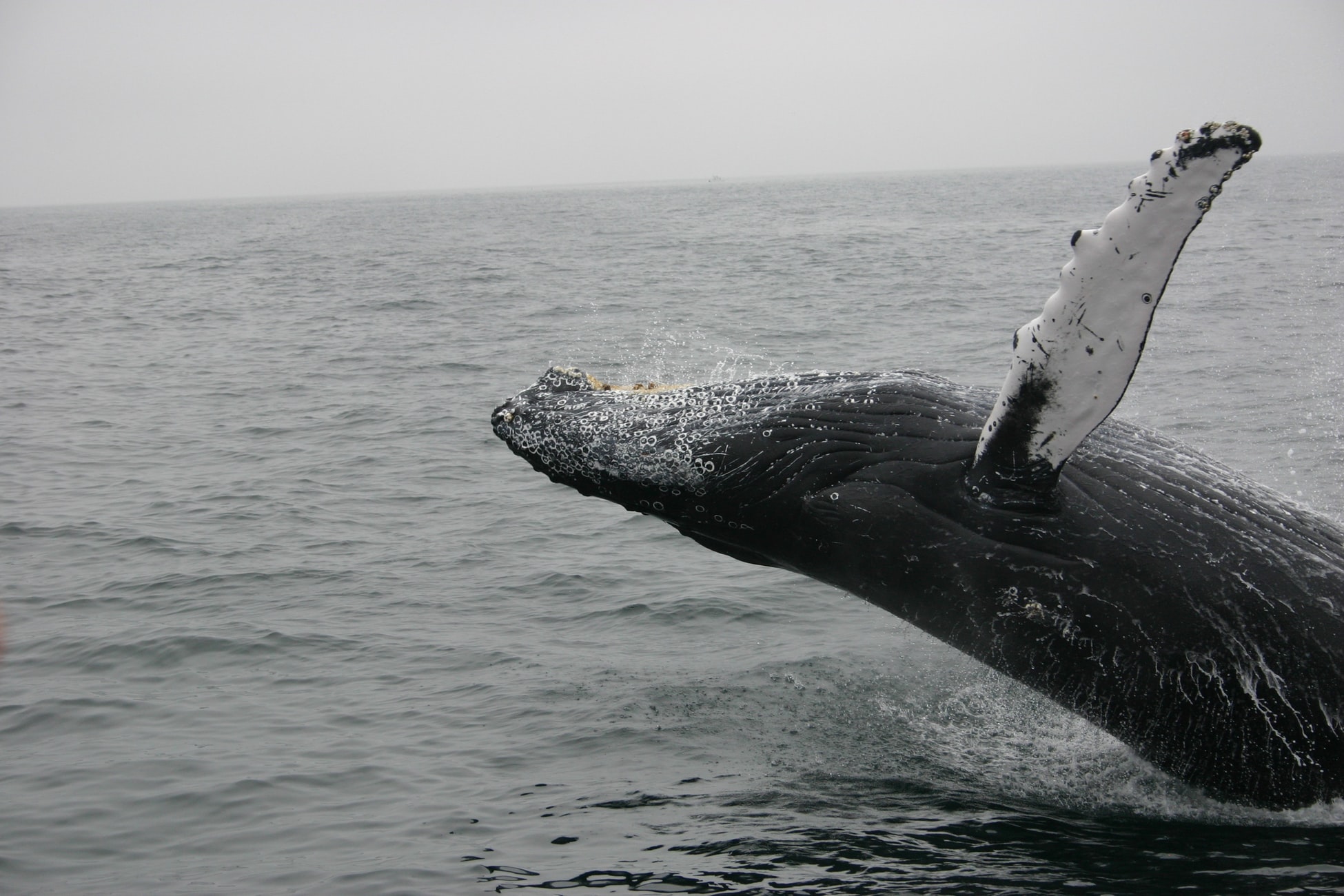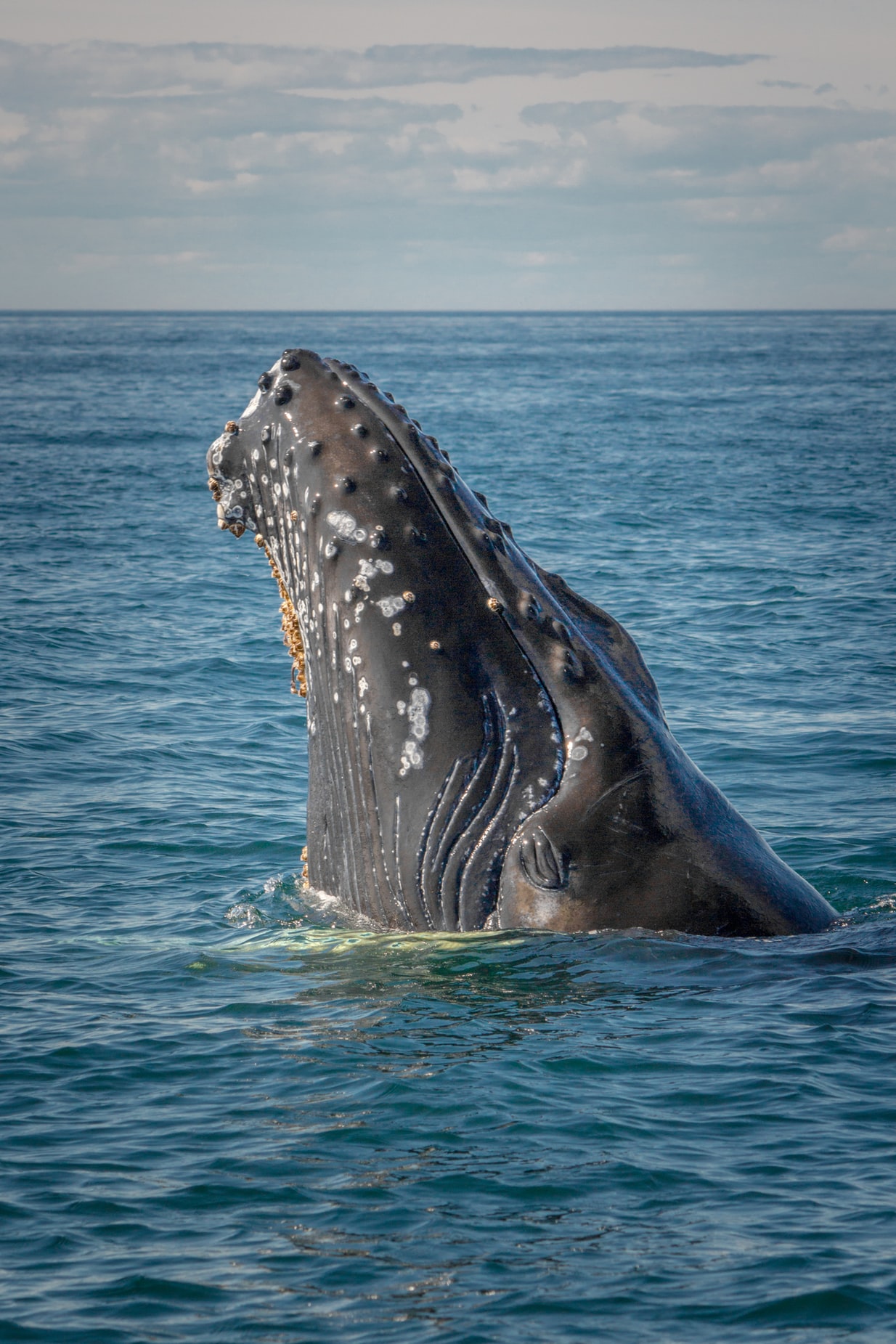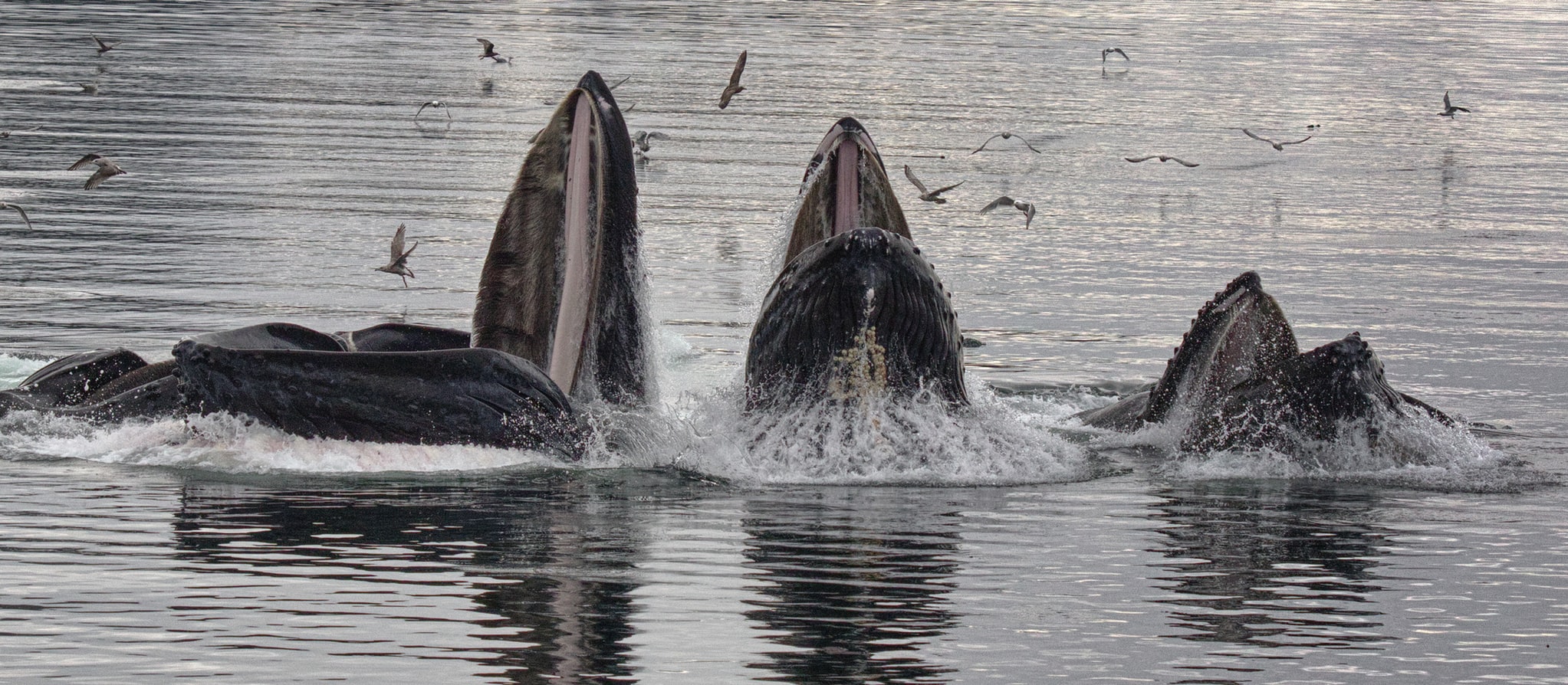
- Inspiring People -
- 3mins -
- 308 views
Humpbacks are making a comeback!
Western Southwest Atlantic humpbacks, one of the whale populations pushed to the brink of extinction by commercial whaling in the early 20th Century, has virtually recovered its pre-exploitation numbers.
Southwest Atlantic humpback whale population almost fully recovered
A key population of humpback whales is in recovery after it was pushed to the brink of extinction by centuries of human exploitation, according to a new study. Western South Atlantic humpbacks were reduced to a few hundred individuals in the 1950s, after once totalling some 27,000. However, efforts to preserve the animal have paid off, with current numbers estimated to stand at around 25,000 — about 93% of their pre-exploitation levels — the study published by the Royal Society reveals.

Western Southwest Atlantic Humpback whale population “ flourishing”
A species of Humpback whales that frequent the southwest Atlantic have recovered from the very brink of extinction and are now reaching numbers not seen since industrial-scale whaling began in the early 20th century.
Before commercial hunting, the global population of Western Southwest Atlantic Humpback whales was around 27,000 animals, and now there are an estimated 25,000. This means they have recovered 90% of their numbers, a study published by the Royal Society has found.
At one point in the mid-1950s there were as few as 450 individuals left, but now scientists say they should reach pre-whaling levels within the next 10 years. Co-author Dr. Jennifer Jackson, from the British Antarctic Survey, told BBC News that the whales were now “flourishing”.

It’s estimated there are now more than 90% of the pre-exploitation numbers
One of the whale populations taken to the edge of extinction by commercial hunting in the early 20th Century has essentially recovered its numbers. — reports the BBC
It’s estimated the humpbacks that frequent the southwest Atlantic once totalled some 27,000 animals. However, this group was reduced to only a few hundred by the steam-driven boats and explosive harpoons operating out of the British Overseas Territory of South Georgia.
Good news: a recent study published by the Royal Society suggests the humpback numbers are back close to where they were.
It’s estimated there are now just short of 25,000 individuals in the southwest Atlantic waters – more than 90% of the pre-exploitation level.
There are seven Southern Hemisphere populations of humpbacks (Megaptera novaeangliae), each of which can be described by their distinct genetics and migratory behaviour. This particular group has a winter breeding ground off the coast of Brazil, and travels to sub-Antarctic and Antarctic waters in summer to gorge on the regions’ swarms of krill crustaceans.
It’s this southern feeding excursion that brought the marine mammals into contact with the industrial fishery based on South Georgia from 1904.
Humpbacks were really the first whale species to be targeted in the nearshore waters around the island and their numbers quickly plummeted to unsustainable levels. Indeed, the animals had become so rare by the late 1920s that whaling ships could only find and catch a few dozen individuals per year.
Estimates of population size depend on a range of data and accounting techniques.
Fairly accurate records were kept by the whaling industry itself, so there is some confidence in describing the humpbacks’ status at the outset of commercial exploitation and the dire predicament in which the animals subsequently found themselves.
Documenting the return to healthy numbers is, broadly speaking, a mix of observation – surveys from ships and planes off Brazil – and modelling.
Humpbacks were protected from the 1960s, and even though there was some illegal Soviet whaling at that time, the whales’ recovery would likely have been well under way by the beginning of the 1970s.
At a species and at a global level, humpbacks are listed as being of "Least Concern" on the IUCN Red List of endangered species. But there is still quite some uncertainty about the precise status of all the different sub-populations.
Click HERE for more Whale News from around the world, brought to you by BrightVibes.
Source: BBC


